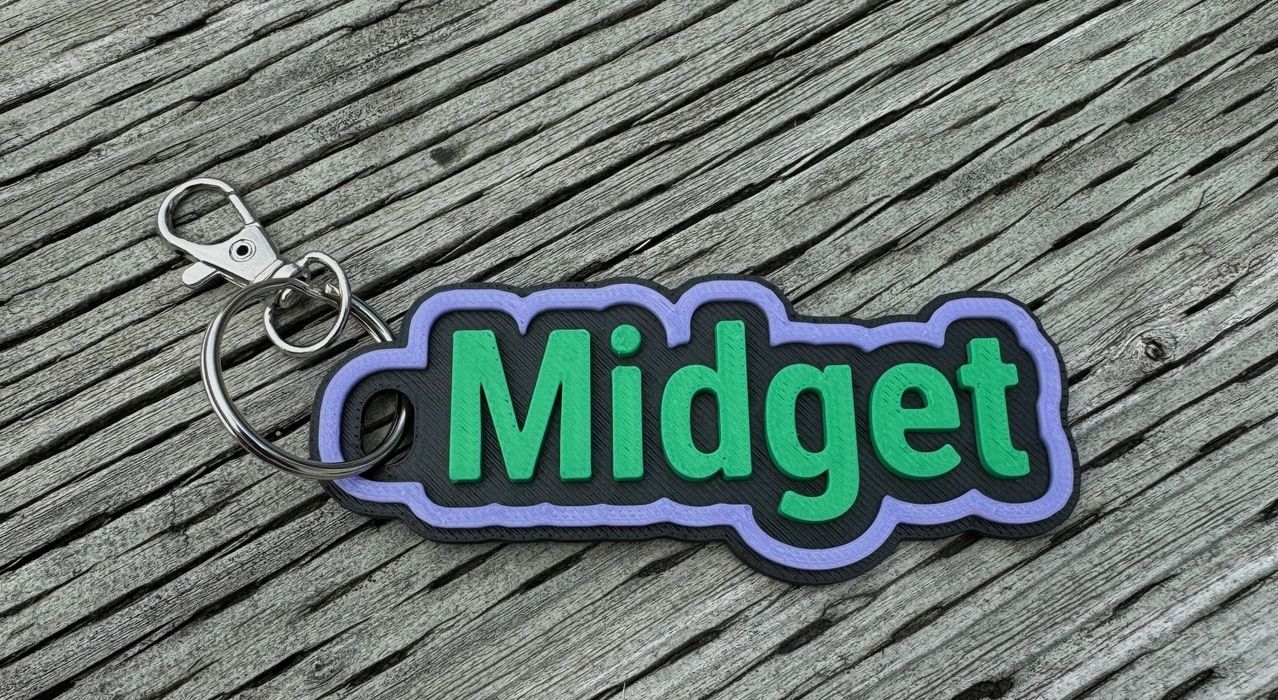Have you ever wanted to figure out how much a print costs? Or how much you should charge someone for a print? It’s actually quite a complex question. To provide some help, we’ve put together this easy-to-use online calculator. It includes the basic factors that are pretty easy to obtain, and gives you a reasonable cost calculation.
Using the calculator is easy: just go through the data boxes below, and fill in the appropriate information. You will get a lot of the information from the slicing software’s report on the print job, but you’ll also have to make a few guesses about the future of your equipment.
Both resin and filament 3D printers will work with this calculator, as long as you’re able to obtain the weight of material used in the job. FFF slicers typically report weight, but sometimes resin slicers report material consumption in ml. A rough approach to convert ml to grams is to consider them equivalent.
IMPORTANT: several fields ask for prices. The currency doesn’t matter, but just be sure to use the same currency in each of these fields.
If you have any suggestions for improving this calculator, please contact us.

